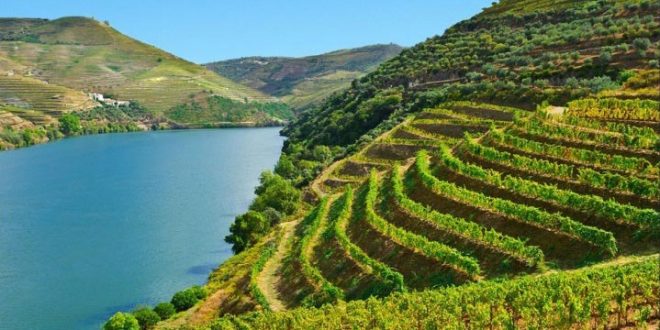
History and the main Portuguese wine regions

If you have ever had a Portuguese wine in your hands, you know that information about the grape used as raw material is often missing from the label. This is because each region of the country has developed winemaking techniques, which ends up being more important to the consumer than the strain used.
Douro
Port wine production site, it is one of the most important wine regions in the world – and possibly one of the oldest. With beautiful landscapes, it is bathed by the Douro River, which originates in Spain and flows into the Atlantic.
The climate is quite intense: the winter is harsh and the summer is excessively hot. The soil is a mix of granite and shale, rich in nutrients that allow roots to penetrate in search of water from the river.
Alentejo
Alentejo, unlike the previous region, is in the south of Portugal, and therefore many of the conditions are significantly different: the soil is composed of shale and sand, the altitude is lower and the climate is warm, with mild winters and low incidence of rain.
Most of Alentejo wines are full-bodied reds. Among the main vineyards planted in the region are the Portuguese Alfrocheiro, Alicante Bouschet, Aragonez and Touriga Nacional. It is also possible to find wines made from Cabernet Sauvignon and Syrah.
Algarve
The Algarve is known for its beautiful landscapes and high temperatures. Due to the fact that this region receives plenty of sun, it is possible to fully ripen the grapes without major intervention from agrochemicals.
The white and rosé wines from this region tend to be fresher, while the reds are aromatic and elegant.


